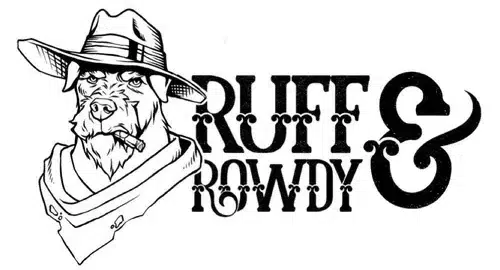I’m excited to shed light on a common challenge faced by many dog owners—reactivity. Reactivity in dogs, often manifested as barking, lunging, or aggressive behavior towards other dogs or people, can be a source of stress for both the owner and the furry friend. However, there’s a transformative approach that not only addresses reactivity but also strengthens the bond between human and canine—teaching a game with hand signals and engaging in purposeful walks.
Understand What Causes Reactivity in Dogs
The first step in managing dog reactivity is to understand its root cause. Reactivity in dogs often stems from fear, anxiety, or a perceived threat. By identifying these triggers, we can tailor a training approach that addresses the specific needs of our four-legged companions.
Enter the power of games. Dogs are inherently playful creatures, and incorporating games into their training routine can make the learning process enjoyable for both the owner and the dog. One effective game involves using hand signals to communicate with your dog. Dogs are highly attuned to body language, and utilizing hand signals can create a clear and consistent means of communication.
How to Address Reactivity in Dogs
Start by associating specific hand signals with positive actions and rewards. For example, use a closed fist to signal a “sit” and an open palm for a “stay.” Consistency is key, as dogs thrive on routine and patterns. As your dog becomes familiar with the hand signals, gradually introduce them in various settings, including walks.
Now, let’s connect this game to managing reactivity. When you encounter a potential trigger during a walk, use the hand signals to redirect your dog’s attention. For instance, if your dog tends to react negatively to other dogs, employ a specific hand signal to cue a positive behavior, such as sitting or focusing on you. This not only redirects their attention but also creates a positive association with the trigger. Engaging your dog in purposeful walks is another crucial aspect of managing reactivity.
A dog with pent-up energy is more likely to display reactive behavior. Regular walks provide an opportunity for physical exercise, mental stimulation, and socialization. However, the key is to make these walks intentional and focused. During walks, incorporate the hand signal game to keep your dog mentally engaged.
As you approach potential triggers, use the signals to guide their behavior positively. Gradually decrease the distance from the trigger while maintaining control through the hand signals. This gradual exposure helps desensitize your dog to the trigger, reducing the reactive response over time.
Consistency and patience are paramount in addressing reactivity. It’s essential to reinforce positive behavior consistently and avoid reinforcing reactive behavior inadvertently. If your dog reacts negatively, calmly redirect their attention using the hand signals and reward them when they respond appropriately.
Consider introducing controlled environments for socialization. Enlist the help of a friend with a calm and well-behaved dog to create controlled interactions. Use the hand signals and positive reinforcement to guide both dogs through the encounter. This controlled exposure aids in building positive associations with other dogs, contributing to long-term behavior modification.
While managing reactivity, it’s crucial to remain attuned to your dog’s body language. Understanding the subtle signs of stress or discomfort allows you to intervene proactively, using the hand signals and positive reinforcement to redirect their focus and alleviate anxiety.
In conclusion, addressing dog reactivity requires a holistic approach that combines effective communication, positive reinforcement, and purposeful engagement. Teaching a game with hand signals not only enhances communication but also makes training enjoyable for your dog. By incorporating these techniques into purposeful walks, you create opportunities for mental stimulation and gradual desensitization.
Remember, every dog is unique, and adapting these strategies to suit your dog’s individual needs is key to success. As you embark on this journey of managing reactivity, celebrate the small victories, and enjoy the strengthened bond that emerges from positive, intentional interactions with your furry friend.
If you and your pet are suffering from dog reactivity, please let Ruff & Rowdy know how we can help with your pups issues!
